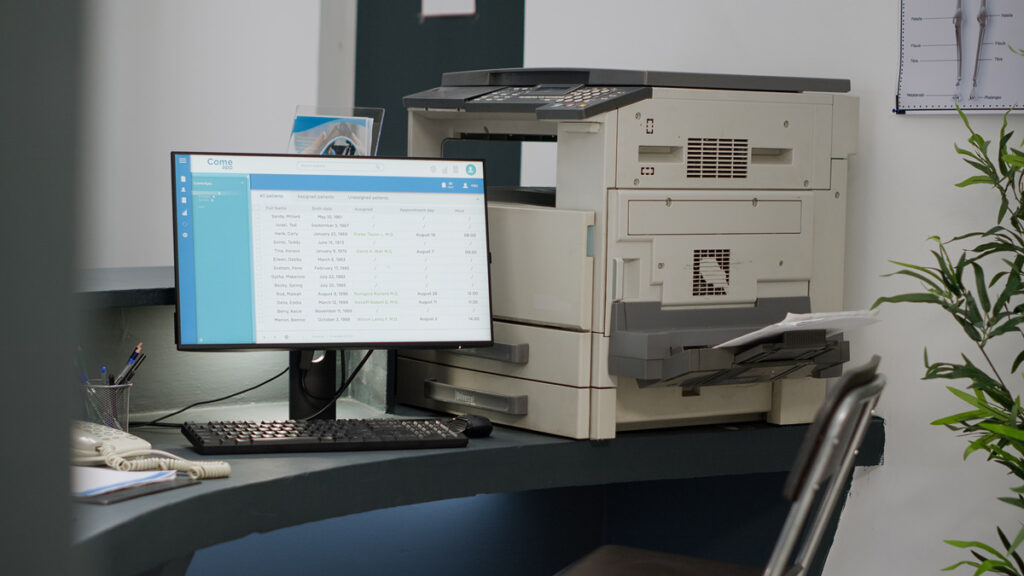
Are you stuck in the past with outdated legacy systems and facing pressure to modernize? It’s not easy to change an entire system, but it’s also not impossible. With careful planning and strategic thinking, you can successfully modernize your legacy systems and bring them up to speed with current trends and technology.
Why Is Modernizing Legacy Systems So Important?
The phrase “legacy system” refers to outdated technology or software that is still in use in organizations. These systems were once cutting-edge and met the needs of their respective industries, but as time has passed, they have become obsolete and inefficient.
Unfortunately, many government organizations often rely on legacy systems due to budget constraints and lengthy procurement processes. However, with rapid advancements in technology and changing user expectations, it’s becoming increasingly essential for these organizations to modernize their legacy systems. Here are some reasons why:
- Improved Efficiency: Legacy systems are often slow, cumbersome, and require extensive manual workarounds. Modernizing legacy systems can significantly improve efficiency by automating tasks, streamlining workflows, and reducing manual errors.
- Cost Savings: Outdated systems often require costly maintenance and support, whereas modern systems have lower maintenance costs and can provide more significant ROI.
- Enhanced Security: Legacy systems are vulnerable to security breaches due to their outdated technology and lack of regular updates.
- Better User Experience: Today’s users expect seamless, user-friendly interfaces when interacting with technology. Legacy systems tend to have clunky interfaces that frustrate users and hinder productivity.
The Government Sectors Face Unique Challenges
There’s a reason why these organizations often lag behind in terms of modernizing legacy systems. You may be facing lengthy procurement processes, budget constraints, or resistance to change from stakeholders. These challenges can make it difficult to initiate and execute a modernization project successfully.
Additionally, the government and education sectors have complex systems with sensitive data that require strict compliance with regulations and standards. This adds another layer of complexity when modernizing legacy systems. Luckily, a well-thought-out strategy can ensure a smooth modernization process for your organization.
Practical Steps to Upgrade & Integrate Your Legacy Systems
Here are some practical steps to increase the success of your modernization project:
1. Assess Your Current Systems & Identify Gaps
The first step is to conduct a thorough assessment of your current legacy systems. Determine their strengths, weaknesses, and areas for improvement. Also, identify any gaps in functionality or vulnerabilities that need to be addressed.
2. Develop a Comprehensive Modernization Plan
Once you have a clear understanding of your current systems and their shortcomings, develop a detailed plan for modernizing them. Involve all stakeholders in this planning stage to ensure buy-in and smooth implementation. Address the following:
- Specific goals
- Timelines
- Budget
- Resource allocation
- Risk management
3. Prioritize Modernization Projects
It may not be possible or necessary to modernize all of your legacy systems at once, so prioritize upgrades based on each system’s impact and urgency. Consider the systems that handle critical data or processes, as well as those that are causing the most inefficiency.
4. Find the Right Modernization Approach
There are various approaches to modernizing legacy systems, such as replacing them entirely or gradually integrating new technology. It’s crucial to carefully evaluate and choose the right approach for your organization based on factors like budget, timeline, and compatibility with existing systems.
5. Ensure Compliance & Data Security
Government organizations deal with sensitive data that require strict compliance with regulations and security standards. It’s essential to ensure that your modernization plan includes measures to maintain data security and compliance throughout the process.
6. Train Employees & Plan for Change Management
Often, the success of modernization projects depends on how well employees adapt to new systems and processes. It’s vital to provide adequate training and support for employees during the transition to ensure a smooth adoption. Additionally, having a change management plan in place can help mitigate resistance to change.
Mastering the Balance Between Cost, Risk, and Innovation
Modernizing legacy systems in government organizations is a delicate balancing act between controlling costs, managing risks, and embracing innovation. To ensure success, it’s essential to strike the right balance between these factors and continuously reassess and adjust your plan as needed.
Keep Up with the Latest Technology Using Unity IT
Is your government organization ready to modernize its legacy systems? Don’t go at it alone. Unity IT has years of experience helping organizations like yours successfully modernize their technology and embrace innovation while managing costs and risks. Contact us today to learn how we can help you stay ahead of the curve.

